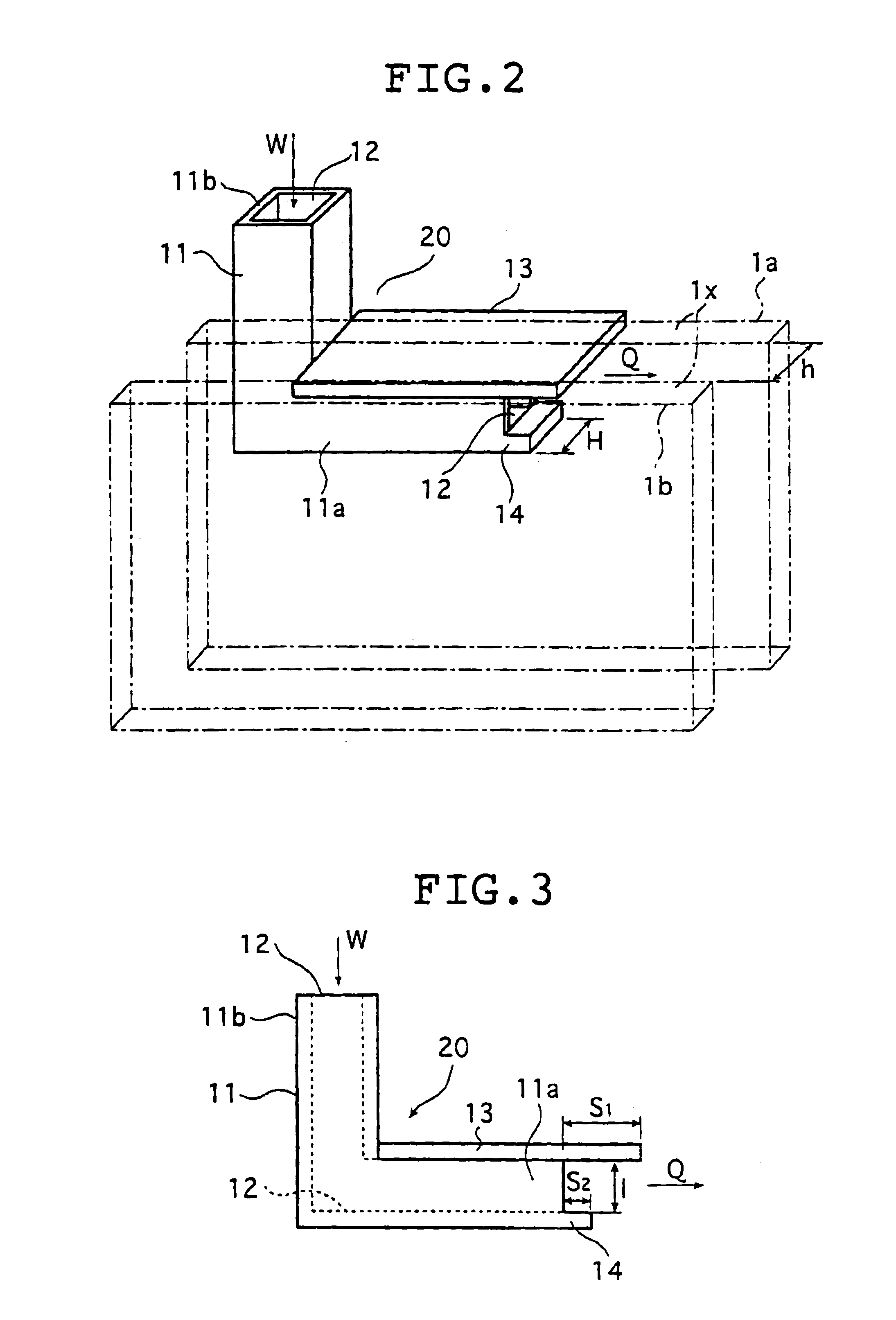Thermoplastic elastomer composition, insulating glass using the composition, process for producing the insulating glass and nozzle for producing the insulating glass
a technology of insulating glass and composition, which is applied in the direction of parallel plane units, building components, construction, etc., can solve the problems of difficult to obtain insulating glass having good appearance, time-consuming and labor-intensive problems, and complicated work, and achieve excellent steam permeation resistance and heat distortion resistance.
- Summary
- Abstract
- Description
- Claims
- Application Information
AI Technical Summary
Benefits of technology
Problems solved by technology
Method used
Image
Examples
example
[0112]The following examples are given to further illustrate the thermoplastic elastomer composition, insulating glass, a process for producing the insulating glass and a nozzle of the present invention.
examples 11 and 12
[0124]The thermoplastic elastomer composition of Example 1 as an inner layer and maleic acid modified EEA or ethylene-vinyl acetate saponified product as an outer layer were co-extruded at about 200° C. to form a spacer and insulating glass was produced in the same manner as in Example 1. The thickness of the obtained adhesive layer was about 20 μm.
[0125]The characteristic properties of the insulating glass were measured and evaluated in the same manner as in Example 1. Results are shown in Table 2.
example 13
[0126]A primer was prepared by dissolving an ethylene-vinyl acetate saponified product in toluene in a solid content of 10% This primer was coated on a glass sheet with a brush and left to stand for 15 minutes and then insulating glass was produced in the same manner as in Example 1. Thereafter, the characteristic properties of the insulating glass were evaluated in the same manner as in Example 1. Results are shown in Table 2.
[0127]
TABLE 2Example 11Example 12Example 13thermoplasticmaterial ofmaterial ofmaterial ofelastomerExample 1Example 1Example 1composition layeradhesive layermaleic acidethylene-vinylethylene-vinylmodified EEAacetateacetatesaponifiedsaponifiedproductproductcoating ofdouble-layerdouble-layerprimer coatingadhesivecoextrusioncoextrusionmoldingmoldingcharacteristicproperties ofinsulatingglass JIS R-3209class 1◯◯◯class 2◯◯◯class 3◯◯◯dislocationΔ◯◯at the time of◯◯◯processing
[0128]PET: J125 by Mitsui PET Co., Ltd.[0129]HDPE (matrix): Hizex 2100J by Mitsui Chemical Co.,...
PUM
| Property | Measurement | Unit |
|---|---|---|
| size | aaaaa | aaaaa |
| temperature | aaaaa | aaaaa |
| temperature | aaaaa | aaaaa |
Abstract
Description
Claims
Application Information
 Login to View More
Login to View More - R&D
- Intellectual Property
- Life Sciences
- Materials
- Tech Scout
- Unparalleled Data Quality
- Higher Quality Content
- 60% Fewer Hallucinations
Browse by: Latest US Patents, China's latest patents, Technical Efficacy Thesaurus, Application Domain, Technology Topic, Popular Technical Reports.
© 2025 PatSnap. All rights reserved.Legal|Privacy policy|Modern Slavery Act Transparency Statement|Sitemap|About US| Contact US: help@patsnap.com



